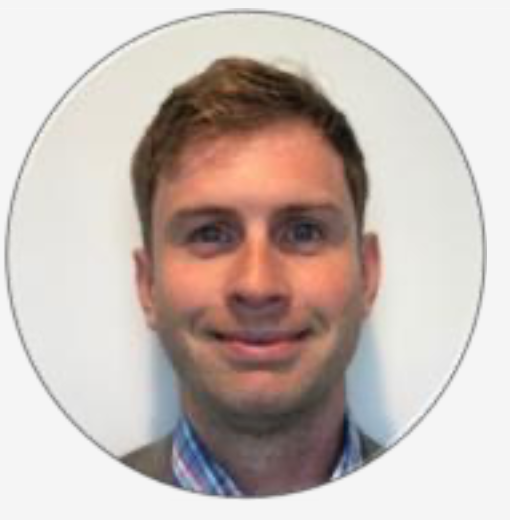Octio Gravitude_ gWatch Cost-Effective Reservoir Monitoring
OR
About the Course
PESA members, view the course for free!
Gravimetry and subsidence surveys have been used to monitor hydrocarbon producing reservoirs in the Norwegian continental shelf for over two decades (Alnes et al., 2010). This technology provides insight into reservoir dynamics with short turnaround time and cost-efficiency when compared with 4D seismic.
As opposed to time-lapse seismic, gravity is sensitive to density changes alone, thus its interpretation is not subject to ambiguities from competing signals from e. g. pressure- induced changes in the elastic properties of the reservoir. A typical application of gravity is mapping and quantifying aquifer influx in gas fields. This provides valuable information for the prediction of water breakthrough in wells. Furthermore, aquifer influx is a key element for understanding the mass balance in the reservoir and for a better estimation of hydrocarbon volumes in place. (Agersborg et al., 2017).
Seafloor subsidence is also sensitive to important reservoir and overburden properties. It is directly related to compartmentalization, and it can be a key factor for the safety of the installations. It is an observable effect of geomechanical changes happening in the reservoir and the overburden. Seafloor subsidence has been used to identify undepleted
compartments; determine the drilling-window for in-fill wells; understand aquifer properties; improve the geomechanical model hence the interpretation of seismic time- shifts.
In some fields like Aasta Hansteen or Mikkel (Vevatne et al., 2012), geophysical monitoring strategies rely exclusively on gravimetry and subsidence surveys. In others, like Ormen Lange, the complementarity with seismic is exploited by interleaving frequent gravimetry-subsidence acquisitions and less frequent seismic (Vatshelle et al., 2017).
gWatch monitoring is conducted using remotely operated vehicles and a survey usually lasts from one to five weeks depending on the field size.

Your Instructor

John Even is responsible for business development at OCTIO Gravitude. Geophysics at heart, John loves to talk about the new technologies and their potential to change the status quo in the oil and gas service industry. John has extensive experience in the oil and gas service industry and has led multiple management roles at OCTIO Gravitude. John Even holds a Master’s degree from the Norwegian University of Science and Technology (NTNU) and has 5 approved patents in Norway within geophysical monitoring.
